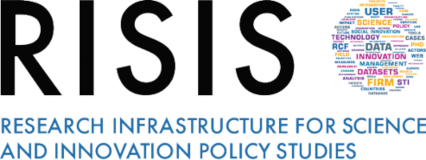The 9th RISIS Policymakers Session will take place on the 3rd December in an online format (11 am – 13 am) with a presentation of Dr. Abdullah Gök (University of Strathclyde), entitled What is really social innovation in practice? aiming to explore the complex dimension of Social Innovation and in particular to analyse the correspondence of the different definitions of Social Innovation, using RISIS-ESID European Social Innovation Database. Dietmar Lampert, Centre for Social Innovation, is involved as discussant.
The study conducted by University of Strathclyde shows that the topics derived from EU policy priorities have a significant correspondence in real life SI projects in the EU, with only about 15% of the projects not associated with at least one of the topics compared to about 35% in North America. The analysis shows also that there is significant “policy pull” on social innovation topics. Only about 10% of the projects are not associated by one of the EU priority societal grand challenges, compared to one third of the North American projects.
While about 85% of the projects have multiple and balanced orientations, there are about 15% of the projects in the database in which one criterion is markedly more important than the others. Furthermore, objectives oriented projects are related with addressing to a significant social need and constitutes about 8% of all “positive” projects in ESID. These projects have significantly higher proportion in regions where economic and social development is lagging behind (e.g. about 14% in Africa, Asia, and South and Central America) and in regions with high economic inequality (i.e. about 11% in North America), while they are less than the average in EU and non-EU Europe (5%).
Actors oriented projects are significantly higher in in Europe, compared to other regions. This is possibly because the EU definition and the consequent policy emphasis of SI focus on actors and actor interactions. Innovativeness oriented projects are markedly higher in North America than any other region due to the “innovation gap”. Finally, outputs oriented projects are small proportion of the total (about 2.5%) and do not have significant differences between regions.






